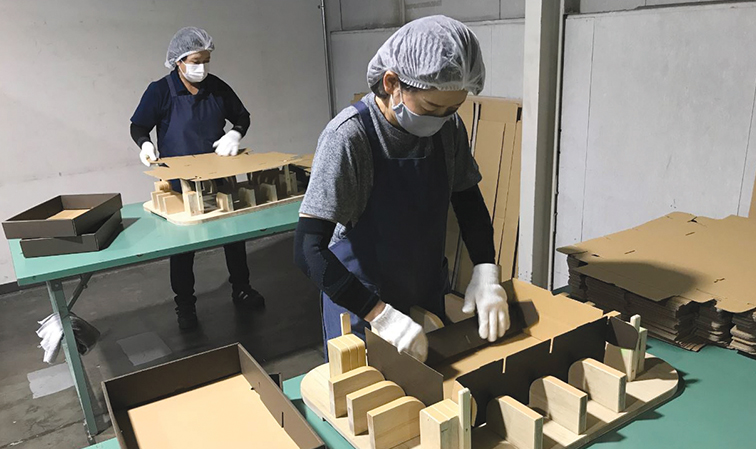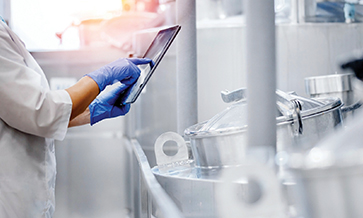Robots designed at Kirin’s Brewery’s Package Innovation Laboratory are being tested in product assortment and box set processing – operations that have until now only been handled manually.
Kirin is demonstrating how in-house robotic hands can be a potential solution to the problem of Japan’s increasingly ageing workforce.
Known as the “2030 Problem”, Japan’s continuously ageing society and decreasing birth rates are expected to result in seniors making up one-third of the national population by the end of the decade.
The idea is not to reduce employment but to improve efficiency through labour saving. The company has developed its own robot system to assemble gift cartons and aims to promote automation as a solution to labour shortages.
Gift sets
During a demonstration, the robotic “hands” assembled 30,000 Kirin Ichiban gift box sets at its Tokyo logistics centre. Designed for versatility, the robots can also assemble various other types of gift sets by updating their AI protocol.
Beer box sets – widely popular as gifts – account for more than half of the product assortment and processing work at Kirin Brewery. The company uses elaborately styled Japanese packaging and presentation sets made using crafts, such as Furoshiki and Origami, which have been part of Japanese culture for centuries.
The system uses three robot arms, which are backed by the required hardware and software, for carton supply, box forming and discharge. The meticulous folding and forming of multiple parts normally requires the delicate handling of human fingers as the boxes previously needed to be folded and assembled manually.
By automating tasks heavily reliant on manually folding inner boxes, assorting gift items and stacking processed items on pallets, Kirin expects work efficiency can be improved by 50% while reducing the physical workload of carrying heavy items.
According to a survey by the Japanese Ministry of Land, Infrastructure, Transport and Tourism, there is a 30% gap between domestic labour supply and logistics industry demand as of 2020. Estimates predict the gap will rise to 40% in 2030 and 50% in 2050.














